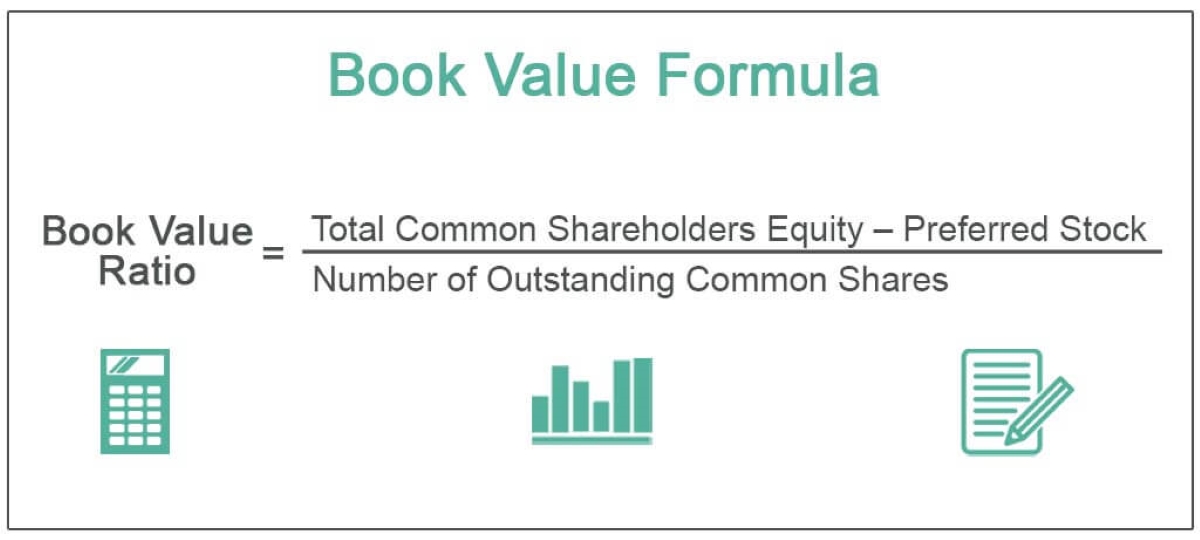Home>Finance>Definition Of Fully Diluted Shares And How You Calculate Dilution


Finance
Definition Of Fully Diluted Shares And How You Calculate Dilution
Published: November 9, 2023
Learn the definition of fully diluted shares in finance and discover how to calculate dilution. Expand your knowledge on this important financial concept.
(Many of the links in this article redirect to a specific reviewed product. Your purchase of these products through affiliate links helps to generate commission for LiveWell, at no extra cost. Learn more)
Understanding Fully Diluted Shares and How to Calculate Dilution
In the world of finance, understanding key concepts and calculations is essential for making informed investment decisions. One such concept is fully diluted shares and the process of calculating dilution. In this blog post, we will dive deep into what fully diluted shares are and how you can calculate dilution, equipping you with the knowledge needed to navigate the complex world of finance.
Key Takeaways:
- Fully diluted shares represent the total number of common shares that would be outstanding if all stock options, warrants, convertible securities, and other dilutive instruments were exercised or converted.
- Calculating dilution involves taking into account the potential impact of additional shares being issued to existing shareholders or new investors.
What are Fully Diluted Shares?
Fully diluted shares refer to the total number of common shares that would be outstanding if all stock options, warrants, convertible securities, and other dilutive instruments were exercised or converted. These instruments have the potential to increase the number of outstanding shares, thereby diluting the ownership percentage of current shareholders.
Companies often issue these dilutive instruments to attract and retain talent, incentivize employees, or raise additional capital. By granting stock options or issuing convertible securities, companies provide the opportunity for certain individuals or entities to convert their holdings into common shares in the future.
How to Calculate Dilution:
Calculating dilution involves taking into account the potential impact of additional shares being issued to existing shareholders or new investors. The formula to calculate dilution is as follows:
Dilution = (Potential New Shares / (Existing Shares + Potential New Shares)) x 100
Let’s break down the components of the formula:
- Potential New Shares: This refers to the number of additional shares that could be issued through the exercise or conversion of dilutive instruments, such as stock options or convertible securities.
- Existing Shares: This represents the number of shares that are currently outstanding in the market.
By plugging in the values for potential new shares and existing shares into the formula, you can determine the level of dilution that may occur if all dilutive instruments were exercised or converted.
It’s important to note that dilution does not always have a negative impact. In some cases, it can be a sign of growth and potential future value. However, it’s crucial for investors to assess the potential dilution before making investment decisions, as it can influence the ownership structure and ultimately the value of their holdings.
Ultimately, understanding fully diluted shares and how to calculate dilution is vital for investors and financial professionals alike. By grasping these concepts, you gain a deeper insight into the potential impact of dilutive instruments and can make more informed investment decisions.
So, next time you come across a company’s financial statements, take a moment to calculate the level of dilution and consider its potential implications. Your investment strategies will thank you in the long run.














